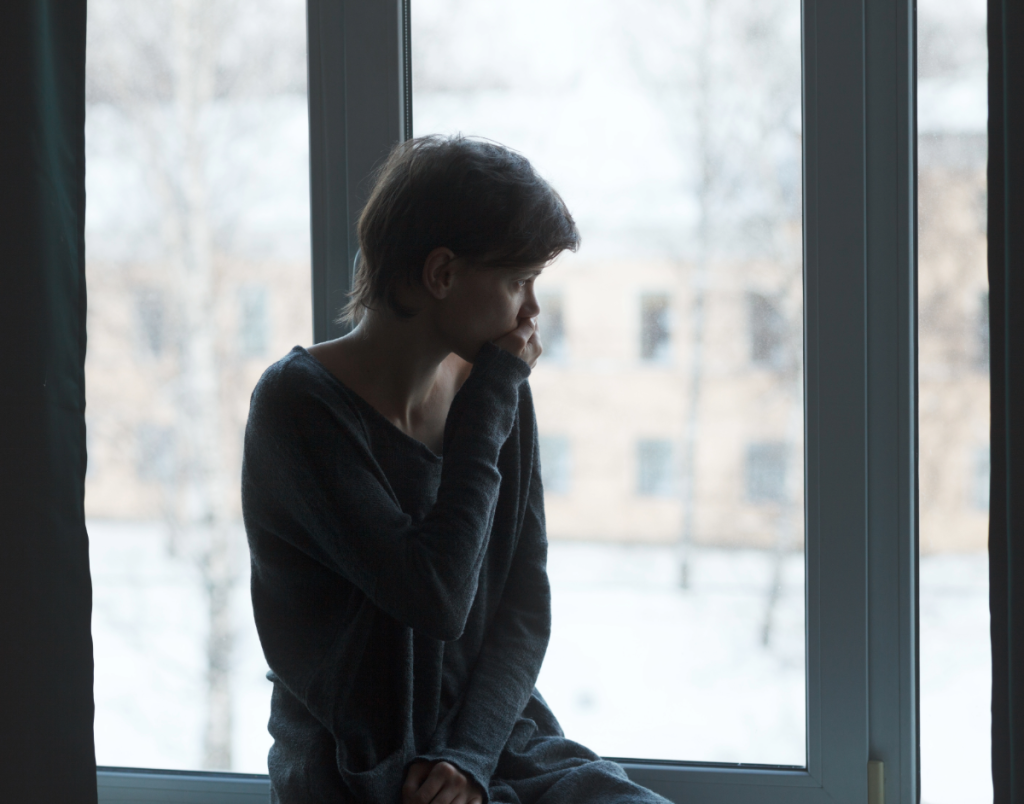Understanding the Divergent Roots of Autistic and PDA Burnout

For autistic individuals and those with Pathological Demand Avoidance (PDA), burnout can manifest in distinct ways, often exacerbated by the unique challenges they face in navigating a world not yet designed for their neurodivergent needs. This phenomenon, though not yet formally recognized by medical institutions, is a harsh reality that can profoundly impact their daily functioning and well-being.
Burnout in the autistic community is a complex issue that demands a nuanced understanding and tailored support strategies. While there may be some overlapping experiences, the roots of burnout for autistic individuals and those with PDA can diverge significantly, necessitating a differentiated approach to address their specific needs effectively.
This comprehensive guide delves into the intricate facets of burnout experienced by autistic and PDA populations, exploring potential causes, manifestations, and practical strategies to mitigate impact. By fostering awareness and empathy, we can collectively create an environment that nurtures and supports neurodivergent individuals who are experiencing burnout.
Autistic Burnout: A Consequence of Suppression and Sensory Trauma
For autistic individuals, burnout often stems from the relentless demands of suppressing their natural forms of expression and enduring environments that assault their heightened sensory sensitivities. The cumulative toll of masking their authentic selves and navigating sensory-overwhelming spaces can deplete their resources over time, ultimately leading to burnout.
Autistic burnout can also arise when essential needs go unmet for prolonged periods. The inability to engage in self-regulatory behaviors, access sensory-friendly environments, or receive adequate support can contribute to a gradual erosion of coping mechanisms, culminating in a state of profound exhaustion.
PDA Burnout: A Nervous System Overloaded by Demands
In contrast, burnout for individuals with Pathological Demand Avoidance (PDA) is rooted in their nervous system's hypersensitivity and reactive nature to specific demands, expectations, and perceived loss of autonomy. As these activating factors accumulate without sufficient opportunities for recovery and capacity-building, the nervous system becomes overwhelmed, leading to burnout.
The constant strain of masking in various social and professional settings can further compound the burden on an individual's capacity, leaving fewer resources to cope with additional demands and expectations.
Recognizing the Signs: A Multifaceted Phenomenon
Burnout in autistic and PDA populations can manifest in a myriad of ways, reflecting the diverse experiences and coping mechanisms of these individuals. While some signs may overlap, it's crucial to understand the nuances and tailor support accordingly.
General Signs of Burnout
- Increased avoidance of demands, expectations, and perceived loss of autonomy
- Difficulty with self-care tasks, such as hygiene, sleep, and nutrition
- Experiencing previously enjoyed or tolerated activities as demands
- More frequent and intense meltdowns, shutdowns, and stress reactions
- Heightened internal "fight mode" when attempting even simple tasks
- Increased challenges with decision-making
- Amplified sensory sensitivities or decreased interoceptive awareness
- Decreased ability to engage in hobbies or areas of interest
- Intrusive thoughts related to autonomy and control
- Increased dissociation and escapism
- Exacerbation of co-occurring conditions (e.g., anxiety, depression, OCD)
- Sudden changes in capacity for daily living, work, or school

Signs Specific to Autistic Burnout
- Cognitive difficulties, such as impaired executive function, memory, and communication
- Increased stimming or self regulatory strategies
- Reduced ability to tolerate sensory or social overload
- Changes in behavior, energy levels, and emotional regulation
- Disruptions in routines and patterns
Signs Specific to PDA Burnout
- Rumination on upcoming obligations and avoidance strategies
- Canceling appointments or events, even those previously anticipated
- Increased need for co-regulation with safe individuals, which can paradoxically be dysregulating
- Resentment towards communication or social interactions due to perceived expectations
- Heightened conflict in relationships due to reduced ability to modulate communication
- Distrust or disdain towards individuals outside the closest support circle
- Reduced ability to mask
- Disruptions in routines and patterns
It's important to note that while these signs are common in burnout experiences, they may also be present in non-burnout contexts. The key is to recognize patterns and seek support when burnout is suspected.
Navigating the Path to Recovery: Strategies and Support

Addressing burnout in autistic and PDA individuals requires a multifaceted approach that acknowledges their unique needs and fosters an environment conducive to healing and growth.
Supporting Autistic Individuals in Burnout
- Provide opportunities for sensory regulation and decompression time
- Reduce demands and expectations, both at home and in educational or professional settings
- Encourage engagement with special interests and stimming behaviors
- Offer accommodations and modifications to minimize sensory and social overwhelm
- Promote acceptance and understanding of autistic traits and behaviors
- Facilitate access to emotional support and empathic connections
- Collaborate with professionals and support networks to develop personalized strategies
Supporting PDA Individuals in Burnout
- Implement a low-demand and low-arousal approach to daily life
- Prioritize autonomy and minimize perceived demands or expectations
- Accommodate physical needs, such as hydration, nutrition, and hygiene
- Foster a safe and understanding environment for co-regulation
- Provide opportunities for sensory regulation and decompression
- Encourage engagement with interests and activities that promote nervous system regulation
- Collaborate with support networks to develop individualized strategies
Self-Care for Caregivers and Support Systems
Supporting individuals through burnout can be emotionally and physically taxing for caregivers and support systems. It's crucial to prioritize self-care and seek assistance when needed.
- Engage in self-care practices to replenish emotional and physical resources
- Seek support from professionals, support groups, or online communities
- Reevaluate family dynamics and make necessary adjustments for a sustainable lifestyle
- Foster an understanding of neurodivergence within the family and support network
- Cultivate patience and acceptance during the healing process
Remember, recovery from burnout is a journey, and each individual's path may look different. By embracing a compassionate and tailored approach, we can create an environment where autistic and PDA individuals can thrive and reach their full potential.




